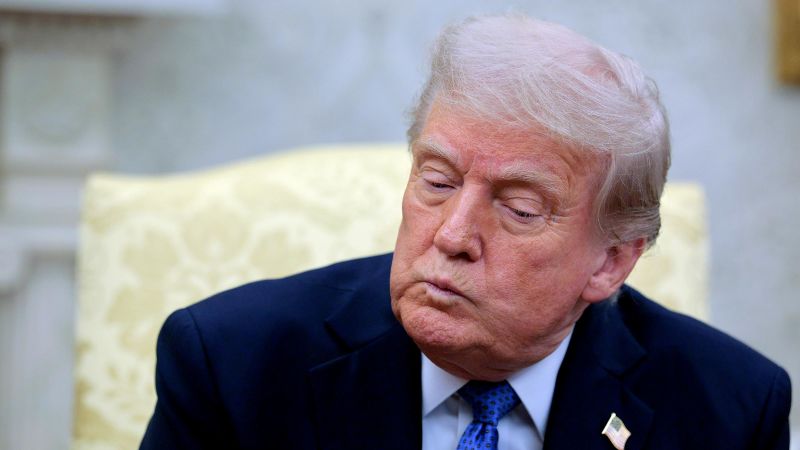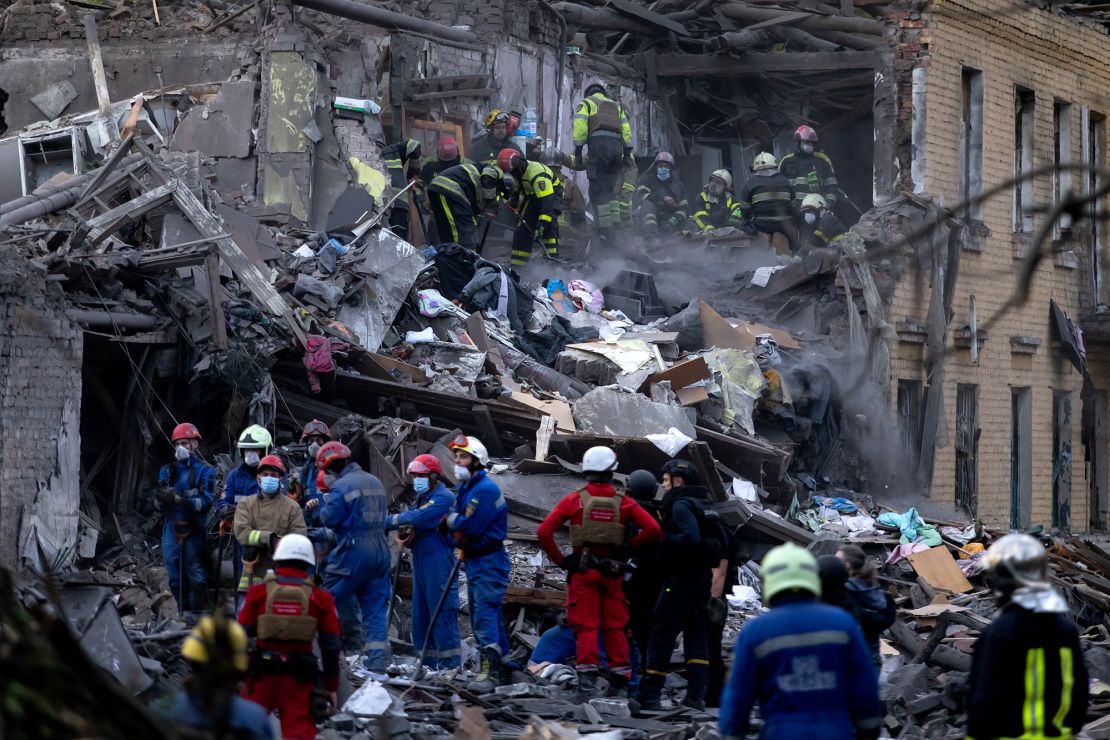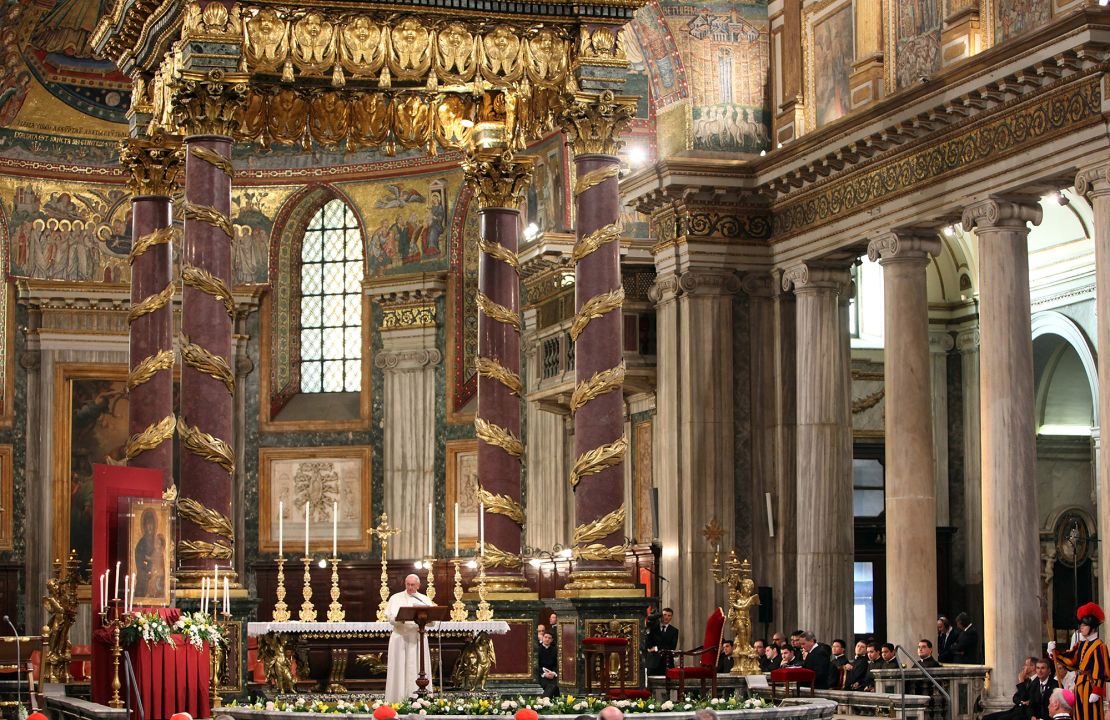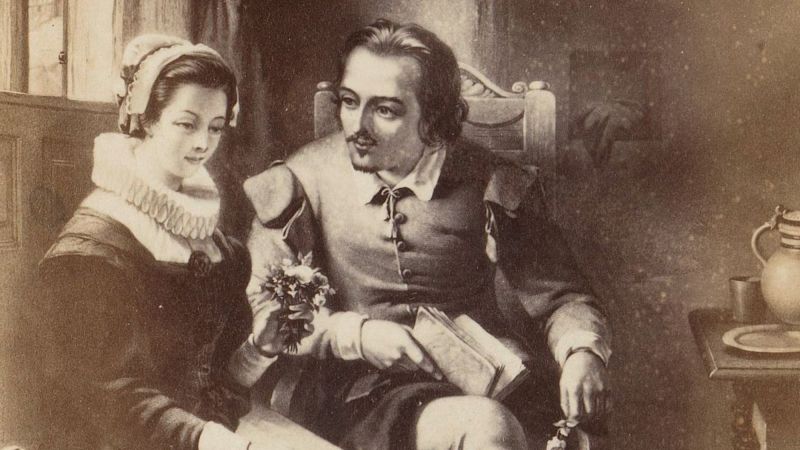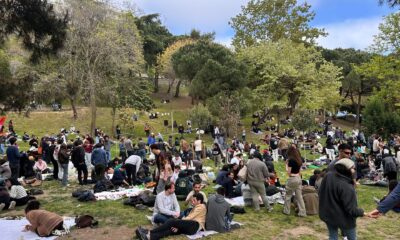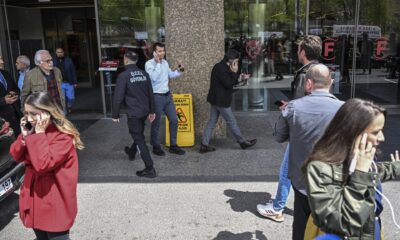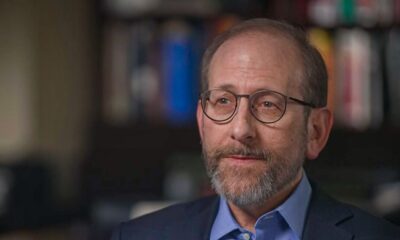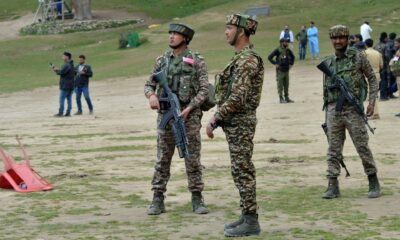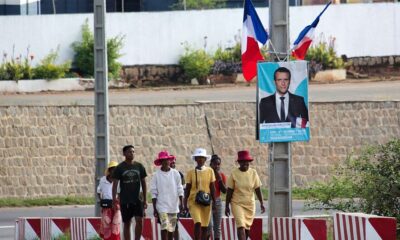CNN
—
Five days before his 100th day in office – and 93 days since his own deadline passed for resolving the conflict in Ukraine – President Donald Trump is frustrated his efforts to broker a peace deal between Russia and Ukraine have so far fallen short, and has privately told advisers that mediating a deal has been more difficult than he anticipated, sources familiar with the discussions told CNN.
Behind the scenes, he frequently brings up how much Russian President Vladimir Putin and Ukrainian President Volodymyr Zelensky hate one another, one of the sources said – an unsurprising fact, but one the president argues further complicates negotiations.
On Thursday, his agitation boiled over as Russia launched its worst assault on Kyiv since last summer, killing at least 12 people. The attack, Trump said, came at an inopportune moment: just as he believes he is on the verge of securing a deal, which he has told aides he wants in place by his 100th-day anniversary.
“I didn’t like last night,” Trump told reporters in the Oval Office, where he was meeting with Norway’s prime minister. “I wasn’t happy with it, and we’re in the midst of talking peace, and missiles were fired, and I was not happy with it.”
It was a rare moment of criticism directed toward Russia from a president whose ire over the course of his time back in office has mostly been aimed at the Ukrainians.
The exchange shined a light on a rising sense of exasperation among the president and his advisers at his inability to mount a successful pressure campaign against Putin to end the war. Trump bristled at a reporter’s suggestion that he had not applied pressure to the Russian leader.
“You don’t know what pressure I’m putting on Russia,” Trump snapped. “We’re putting a lot of pressure on Russia, and Russia knows that.”
Trump then argued that “it takes two to tango, and you have to have Ukraine want to make a deal, too.”
Moscow, he said, has already made a substantial concession by not “taking the whole country.”
“Stopping the war,” he said, is a “pretty big concession.”
Earlier in the day, he addressed Russia’s president directly on Truth Social, writing: “Vladimir, STOP!” – an unusually personal plea to convince Putin to cease the aerial bombardment.
“Not necessary,” Trump lamented, “and very bad timing.”
Still, the rare flash of anger toward Putin paled in scale and scope to Trump’s sustained criticism of Ukraine’s Zelensky, whom he accused this week of prolonging the war in his own country by not agreeing to a US peace plan that would grant Russia most of the territory it has seized. Some US allies are highly alarmed by that framework, CNN reported earlier Thursday, citing multiple diplomatic sources.
Trump’s social media message to Putin totaled 30 words; his dispatch a day earlier directed toward Zelensky was 259.
While Trump said again Thursday that he had “no allegiance” to leaders on either side of the conflict, that question is very much at the center of the path forward for the administration as it enters the next 100 days. But for one of the first times, he signaled a timeframe for his patience.
Asked what he would do if Putin kept firing bombs on Ukraine, Trump said: “I’d rather answer that question in a week. I want to see if we can have a deal. No reason to answer it now, but I won’t be happy, let me put it that way.”
Inside the Oval Office, Norwegian Prime Minister Jonas Gahr Store had brought along his finance minister Jens Stoltenberg, who served as the secretary general of NATO during Trump’s first term in office.
Stoltenberg found success in that period convincing Trump of the importance of the defense alliance and avoided a US withdrawal from the bloc, earning him a reputation as a “Trump whisperer” when it came to matters of European defense.
Trump on Thursday seemed to remember him fondly, calling him “tremendous.”
An hour after the Norwegians pulled out of the White House driveway, however, officials did one better: the sitting NATO chief Mark Rutte arrived for his own meeting with Trump, talks not originally on the president’s schedule.
The session focused mostly on planning for NATO’s summer summit in the Hague, which some European officials have feared Trump might skip as his enmity for the defense alliance festers.
But Rutte also told reporters in the White House driveway Ukraine was discussed. After Trump insisted earlier in the day that Putin still wanted to reach peace, Rutte sounded decidedly less certain.
“I worked with him for four years between 2010 and 2014,” Rutte said, describing the period he served as prime minister of the Netherlands. “I stopped trying to read his mind.”
Rutte went on to argue that the US’ European allies are united in their view of Russia being a “long-term threat.”
“We all agree, in NATO, that Russia is the long-term threat to NATO territory, to the whole of the Euro-Atlantic territory,” Rutte told reporters.
The NATO secretary said that “something is on the table for Russia” in terms of a peace deal with Ukraine, but he argued that it’s up to Russia to bend.
“Ukrainians are really playing ball, and I think the ball is clearly in the Russian court now.”

